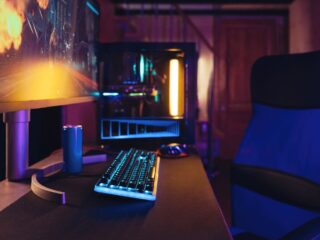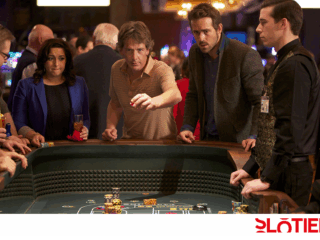
In the world of interactive entertainment, characters determine the fate of a project. They become brand icons, meme heroes, and subjects of fan creativity. Behind every memorable character stands a team of professionals who transform an idea into a living digital hero.
The Anatomy of a Successful Game Character
Creating a character is more than just modeling — it’s the construction of a personality through visual means. Every detail matters: from facial structure to the color palette of the costume.
The psychology of perception plays a key role in character design. Rounded shapes are perceived as friendly, sharp angles as aggressive, and asymmetry adds dynamism. Professional artists use these principles to evoke the right emotional response from players.
A character’s silhouette should be recognizable even as a blacked-out shape. This is especially critical for mobile games, where screen size is limited.
From Sketch to Animated Model
The design process begins with in-depth research and reference collection. Artists study anatomy, cultural features, and historical costumes — everything that might influence the final appearance of the hero. Resources such as GDC Vault provide deep insights into character design best practices across AAA and indie productions.
The transition to 3D modeling requires special attention to topology. Proper polygon distribution affects not only the character’s appearance but also the quality of animation. Experienced modelers carefully plan how the character will deform during movement.
Texture creation is a separate art form. Modern techniques allow artists to simulate any material — from the silky skin of an elf to the rusted armor of an orc.
Modern Technical Challenges
Multiplatform development is the main headache for game creators. A character must look equally good on both a smartphone and a high-end gaming PC. This requires multiple versions of the model with varying levels of detail.
Optimization isn’t just about reducing polygon count. Modern engines, such as Unreal Engine, allow the use of normal maps to simulate detail, shaders for procedural texture generation, and LOD systems for automatic switching between model versions.
Cultural Sensitivity in Design
The globalization of the gaming industry demands close attention to cultural nuances. Research from MIT shows that the design of video game characters has real-world consequences, shaping stereotypes and influencing players’ self-perception and behavior across different cultures.
Inclusivity is no longer just a trend — it’s a necessity. Character diversity broadens the audience and creates a richer game world.
VSquad Studio’s Creative Approach
Over ten years of experience, our team has developed a unique methodology for character creation. We don’t just follow technical specifications — we immerse ourselves in the world of the project, study its philosophy, and find visual solutions that enhance storytelling.
Art Director Volodymyr Liubchuk brings 15 years of industry experience, overseeing the process from the first sketch to final optimization. Our work on characters for Wayfinder, Darksiders Genesis, and other acclaimed titles has shown the importance of balancing artistic vision with technical constraints.
Winning the Consumer Choice 2024 award confirmed our reputation in the creative services market. Our strength lies in integration speed — a full team of artists can join a project within 48 hours.
Innovation and the Future of Characters
Artificial intelligence is changing content creation approaches, but it doesn’t replace human creativity. AI tools assist in concept generation and automate routine tasks. However, it’s still the artist who breathes life into the character.
Procedural generation opens up possibilities for creating unique characters in real time. Motion capture technologies are becoming more accessible, enabling small studios to produce characters with realistic animations.
Choosing a Partner to Bring Ideas to Life
High-quality 3D character design services are a competitive advantage in a saturated market. When choosing a partner, it’s important to assess their technical expertise, understanding of the gaming industry, and ability to work in a team.
A portfolio should demonstrate versatility in style and genre. Transparent processes and open communication are signs of a professional team.
A well-crafted character lives on in the hearts of players long after the game is finished. They become brand ambassadors and drive project recognition. Investing in professional character design is an investment in the long-term success of your game.





